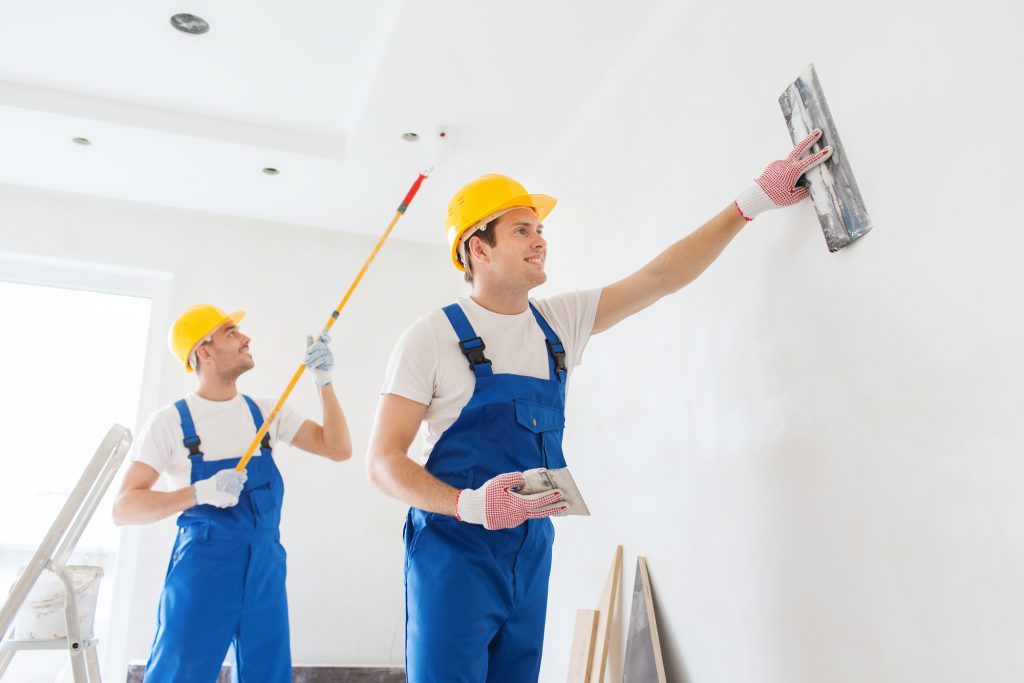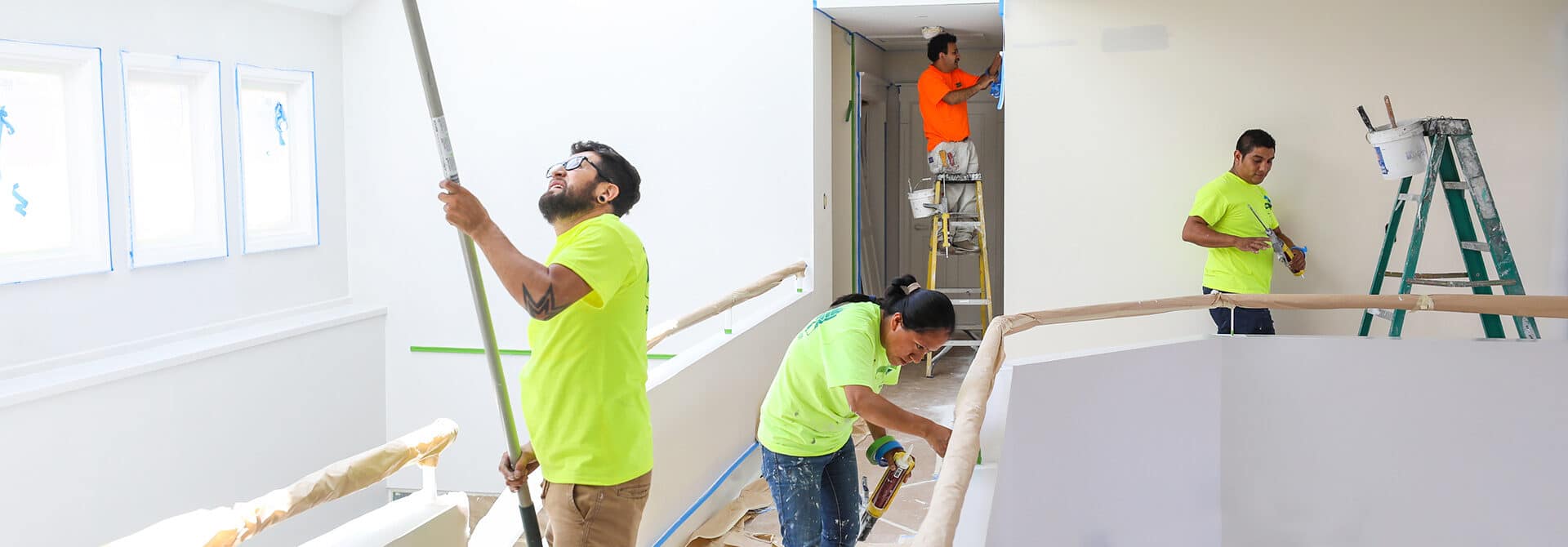Customized Solutions for Every Project with Cleveland Metro Painting Contractors
Customized Solutions for Every Project with Cleveland Metro Painting Contractors
Blog Article
A Comprehensive Guide to Effective Wall Paper Elimination Tasks
The process of wallpaper elimination can commonly be viewed as a daunting task, yet with the appropriate method and understanding of effective methods, it can change right into a manageable job. As we explore various techniques for eliminating wallpaper, including dealing with persistent adhesives, it becomes evident that each action plays a vital function in achieving a polished last result.
Tools Needed for Wallpaper Elimination
Before you study the wallpaper elimination procedure, it's important to gather the right tools to make certain performance and efficiency. The best tools can make a substantial distinction in the simplicity and success of your task.

Next, a spray bottle or sponge is needed for using a wallpaper elimination remedy. This liquid can be an industrial product or a homemade mix of water and vinegar. A bucket is additionally practical for holding the remedy and clean water for rinsing.

Preparing Your Walls
Preparing your wall surfaces is an essential action in the wallpaper elimination procedure, as it establishes the structure for a successful result. Prior to launching elimination, clear the room of furniture, decors, and any type of products that may block your work. This not only supplies a much safer setting yet also safeguards your valuables from potential damages.
Next, examine the walls for any type of blemishes, such as fractures, openings, or peeling off paint. Address these concerns by patching openings with spackle and fining sand the surface smooth - Cleveland Metro Painting Contractors. A tidy, even surface area will certainly promote much better bond of new paint or wallpaper post-removal
Additionally, make sure that the walls are clean. Dust, oil, and dust can impede the removal process, so wipe down the surface areas with a moderate cleaning agent service. Wash with clean water and permit the walls to completely dry totally prior to proceeding.
Effective Elimination Techniques
Once your wall surfaces are prepped and without any obstacles, it's time to check out efficient elimination strategies. Begin by determining the sort of wallpaper you are handling, as this will certainly dictate the most ideal method. For standard wallpaper, a racking up device can be employed to produce small leaks in the surface; this permits the elimination remedy to pass through better.
Following, consider utilizing a wallpaper elimination remedy or a combination of cozy water and vinegar. Apply the option generously to the wallpaper using a sponge or spray bottle, permitting it to soak for numerous mins. This action softens the glue, making it find out here much easier to peel away the wallpaper.
If the wallpaper is vinyl-coated, a cleaner may be your finest option. The vapor will loosen the adhesive without harming the wall surface under. Very carefully put the steamer versus the wallpaper and work in areas, delicately drawing the material away as you go.
For those using a professional-grade wallpaper remover, adhere to the maker's instructions for optimum outcomes. Keep in mind to function methodically, eliminating little sections at once, which can help prevent damage to your walls during the procedure.
Managing Persistent Adhesives
When confronted with persistent adhesives after wallpaper removal, it is essential to come close to the circumstance with the right tools and methods. Begin by gathering vital materials such as a wallpaper scraper, sponge, hot water, vinegar, and an industrial glue eliminator. These tools will certainly promote the elimination process and reduce damages to the underlying wall surface.
Begin by soaking the adhesive with a blend of warm water and vinegar, which can assist dissolve the glue. Make use of the wallpaper scrape at a reduced angle to gently lift the sticky from the wall, being mindful not to gouge the surface area.
For particularly durable adhesives, consider using a commercial sticky cleaner. Adhere useful link to the manufacturer's directions to ensure ideal results while protecting your wall surfaces.
Completing Touches for a Fresh Look
After efficiently eliminating stubborn adhesives, interest transforms to the complements that will certainly improve the general look of your walls. Begin by checking the surface area for any kind of continuing to be residue or imperfections. A detailed cleansing with a mild option will certainly guarantee a smooth foundation for the following steps.
Once the wall surfaces are dry and tidy, think about applying a coat of guide, particularly if you intend to paint. Guide not just enhances paint adherence but additionally evens out the surface, providing you an extra professional coating.
Adorn with wall art, shelves, or decorative components that mirror your personal style, changing your freshly upgraded walls into a focal point of your space. These finishing touches will certainly not only boost the room yet also instill a feeling of achievement in your wallpaper removal task.
Conclusion
In recap, successful wallpaper elimination requires mindful prep work, the use of suitable techniques, and careful finishing touches. Sticking to these guidelines will assist in a gratifying and smooth wallpaper elimination process.
Firstly, a wallpaper scraper or putty blade is vital for peeling and lifting away the wallpaper. Furthermore, a scoring tool can be very useful; it produces little openings in the wallpaper, allowing for Visit Your URL less complicated wetness infiltration when making use of a removal remedy.
Preparing your walls is a critical action in the wallpaper elimination procedure, as it establishes the foundation for a successful end result.When encountered with persistent adhesives after wallpaper elimination, it is essential to come close to the situation with the right tools and methods. Use the wallpaper scrape at a reduced angle to delicately raise the sticky from the wall surface, being cautious not to gouge the surface.
Report this page